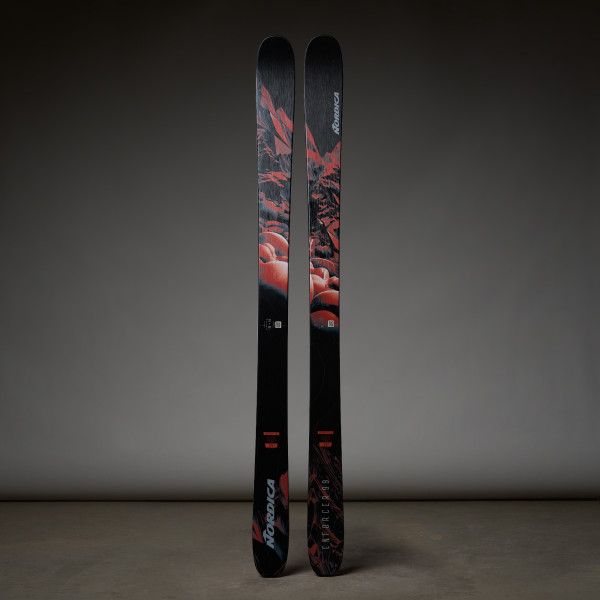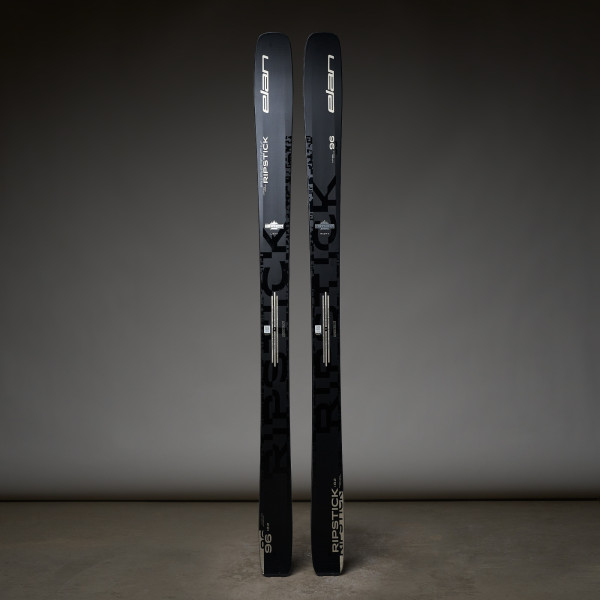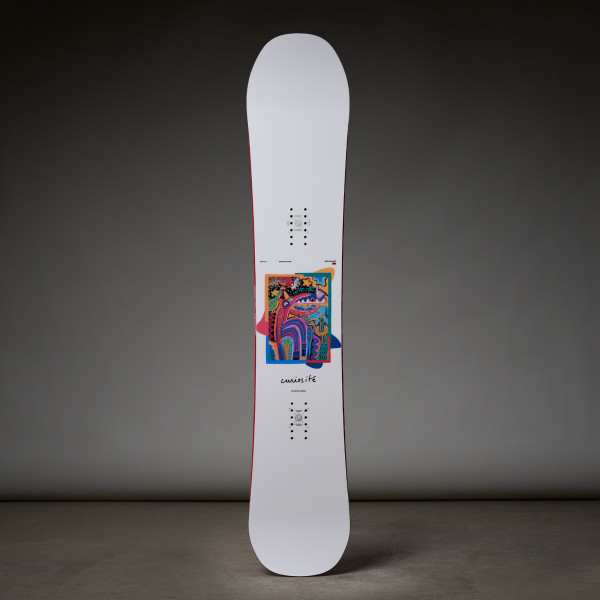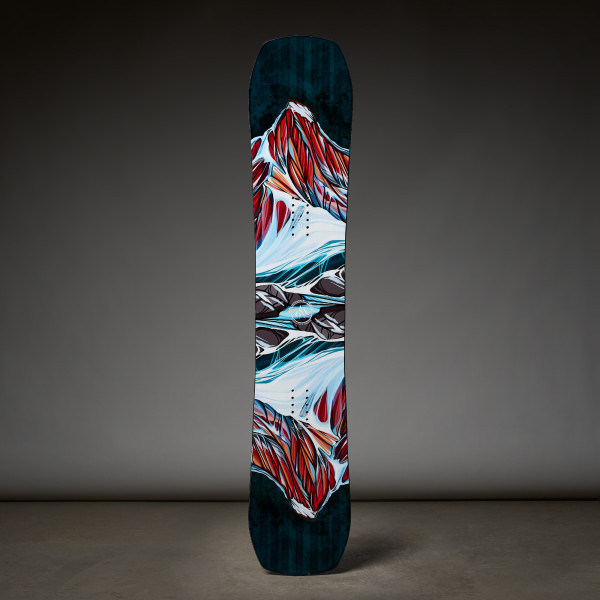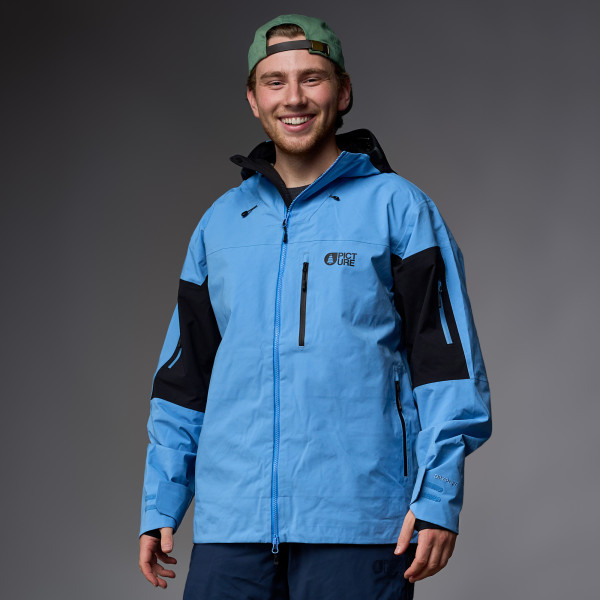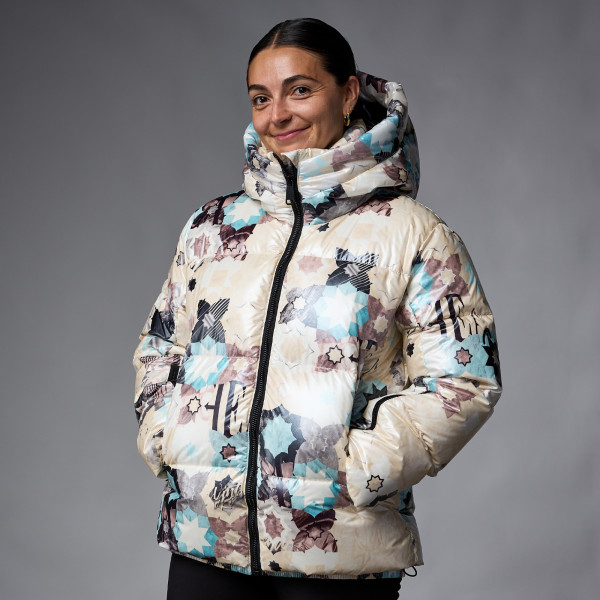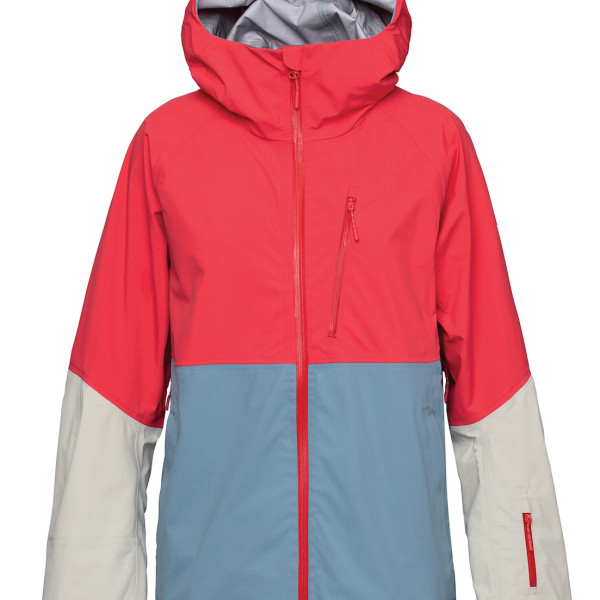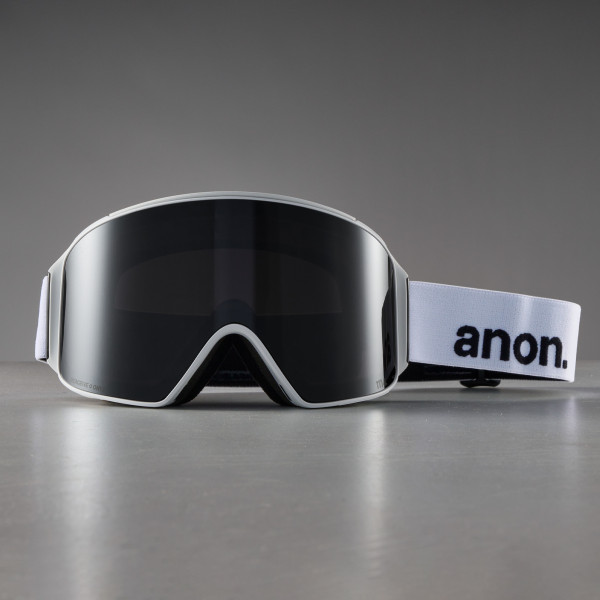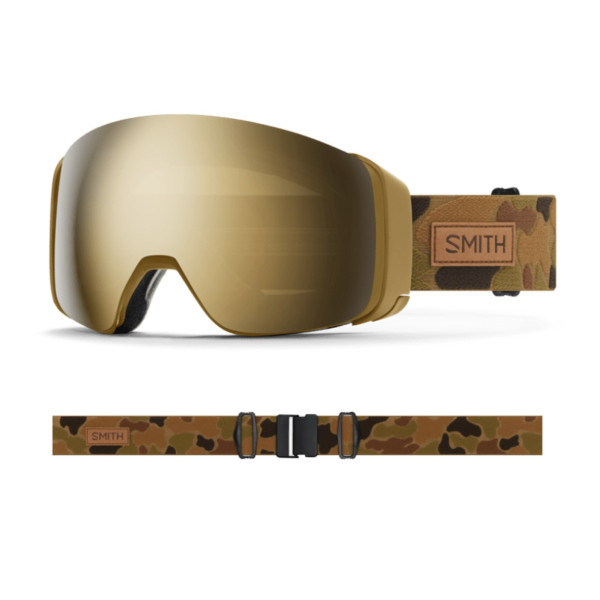Your Shopping Cart
Hot Items
Ski & Snowboard Outlets
Shin Bang Explained
Posted November 1, 2013 @ 10:44am | by George Michaelsen
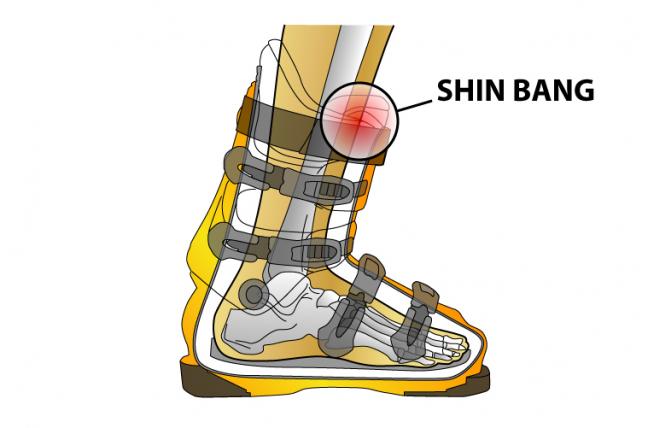
Shin Bang... Forums are littered with threads about shin bang and how they can get rid of it or keep it from happening. People post up responses in the form of questions to the original poster's questions regarding this dreaded pain, such as:
- Do you have a foot bed?
- Are your boots super loose at the top?
- Do you have a booster strap?
The list goes on and all these questions are being asked to the skier that has shins that are killing him or her when skiing around and of course when they land.
If your ski boots are too big, your heel isn't being held in place very effectively. Your foot is able to slide to the front of the boot. When you land in ski boots that are too big, it's very easy for your foot to slide to the front of the ski boot. If that happens your heel is too far forward and you are in the backseat.
Maybe your boots are the right size, but the liners have gotten packed out. The stock footbed in boots and that packed out liner aren't holding your heel in place very well, a foot bed can help tremendously. If your foot stays still in the boot it is easier to land on top of your skis and not in the backseat.
If you're boots are loose at the top (upper cuff/top buckle) you tend to stand more upright in the boots and it makes the boot feel a bit softer. It's not only softer flexing forward it will flex backwards more easily too. If it can do that, you're more susceptible to landing in the backseat. This is where a booster strap can help if you can't seem to get it tight enough.
Ok so maybe you have all those things dialed in but you're still having issues. I'm not done yet!
Everybody talks about the flex of boots and the different tongues you can put in a boot for a smooth feeling flex forward. If you're a bigger guy or a strong skier that's stomping stuff, your putting a lot of pressure on the spine of that boot, you could be too much for that particular boot. Maybe you have a lower end ski boot which is softer flexing forwards and of course backwards. Higher end ski boots are going to be stiffer forwards and of course backwards.
Atomic was the first company to fully address not only the forward flex of a boot but how much pressure is being put on the spine of the boot. They did this with their Redster boot to keep racers on top of their skis and driving forward. I'm not saying a race boot is the answer at all for park shredders, just citing Atomic's R&D.
So what's happening to your shins when you ski? What is Shin Bang? My college roommate, Andrew Horton, the other one that didn't help me start this thing that's now known as theskimonster.com became a Doctor of Physical Therapy. He came by and we talked about shin bang, here is the deal.
"To understand shin bang lets talk about ankle anatomy and ankle biomechanics during skiing. The group of muscles in the front of your shin are your dorsiflexors and the muscles behind your shin are your plantar flexors. The function of your dorsiflexors when skiing is to prevent you from falling backwards. Now if you are skiing in the backseat you are constantly using your dorsiflexors to prevent you from falling backwards. If you spend a whole day skiing or landing in the backseat, you end up putting a constant load on your dorsiflexors. You make them work overtime and put them at risk for strain. That constant load you put on through your dorsiflexors can cause them to become inflamed and very tender to touch. Then combine that of the pressure of them constantly rubbing on the front of the boot as you shred over uneven terrain and need to use them to stabilize your ankle. This could result in ending your day short or putting you out of commission the following day(s) as you have to nurse these hurting puppies. Anyone who is a runner, this is the same group of muscle you injure with shin splints. This a nagging injury!
Now, lets take a step back and talk about the biomechanics of efficient skiing. When you’re skiing, you want to keep you center of gravity forward to progress down the mountain. You do this by keeping an athletic position, maintaining a straight back and hinging through your hips, staying flexed through the hips, knees, and ankles. All of these things contribute to keeping your weight shifted in front of you and heading down the slope with speed and with little effort.
Now what if you don’t do the right things? If you are not flexed at your ankle and skiing forward in a athletic position you will end up in the back seat.
The question is why are you skiing or landing in the back seat? Why do you keep shifting your center of gravity behind you? It could be you just do not know how to ski with your weight shifted forward. You scared bro?! If you found this blog however, you probably do know how to ski but you might have a boot that is setting you up for failure.
To avoid shin bang, you simply need to avoid skiing or landing in the backseat. One thing that can prevent this is a proper boot. First you need a boot that keeps your heel in place and does not allow your foot to shift forward and backward. If your shifting forward and backward that will cause a constant battle between your dorsiflexors and plantar flexors and you will waste a lot of energy that you want to preserve to moving fast and efficiently down the mountain with the least amount of effort as possible.
You also need a boot that forces you in to dorsiflexion. This will encourage proper body mechanics further up your kinetic chain and get you to shift your weight forward so you don’t ski back seat.
Lastly you need a boot with a strong spine. This means the back side of the boot does not bend easily. This will further encourage dorsiflexion and prevent you from skiing backseat.
Ultimately a boot with these qualities encourages good body mechanics and allows you to save your energy to focus on keeping you body weight forward and heading down the mountain instead of skiing backseat and spending on overworking your dorsiflexors."
So that's how a Doctor of Physical Therapy describes Shin Bang. Get a decent pair of boots, a pair of footbeds and stay on top of your skis. Thanks for contributing dude (Andrew Horton)!

